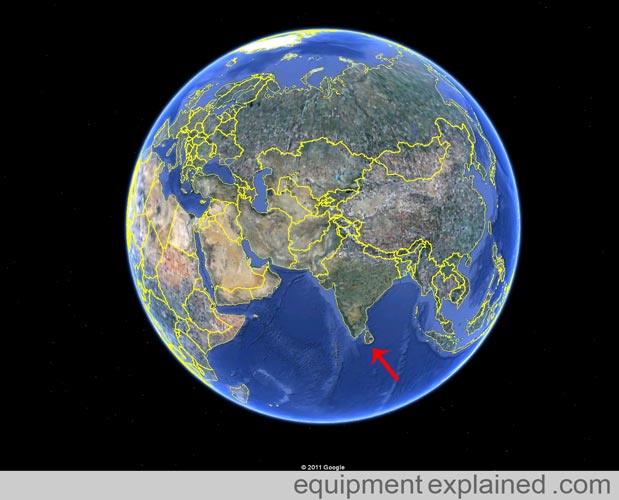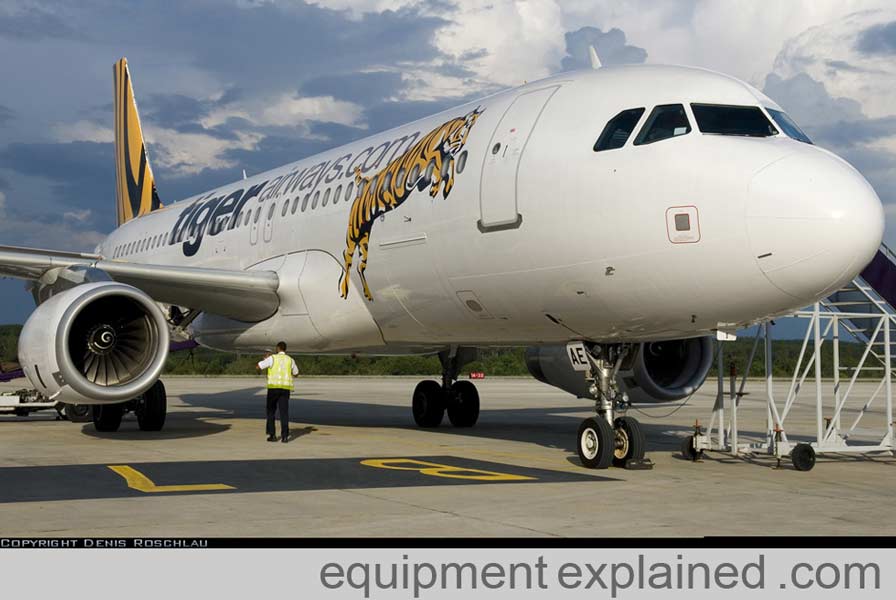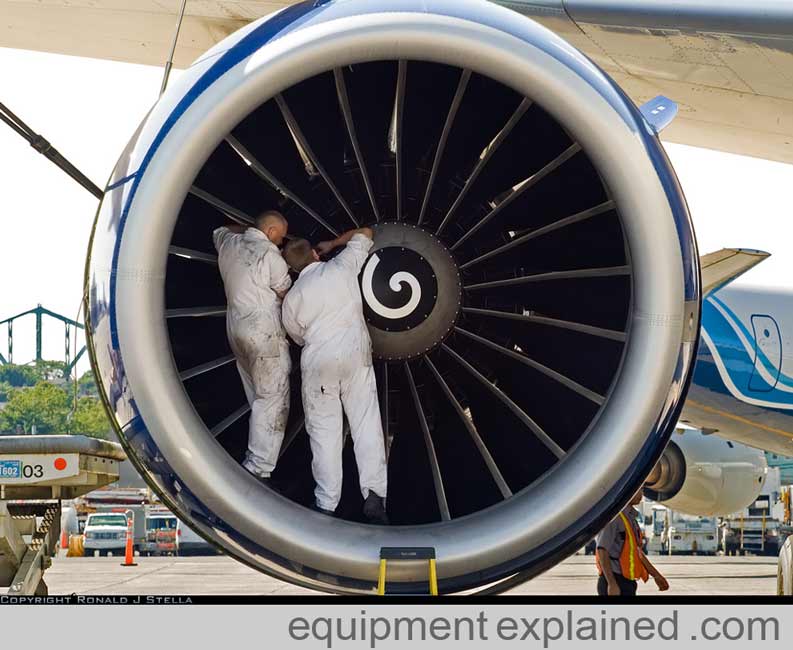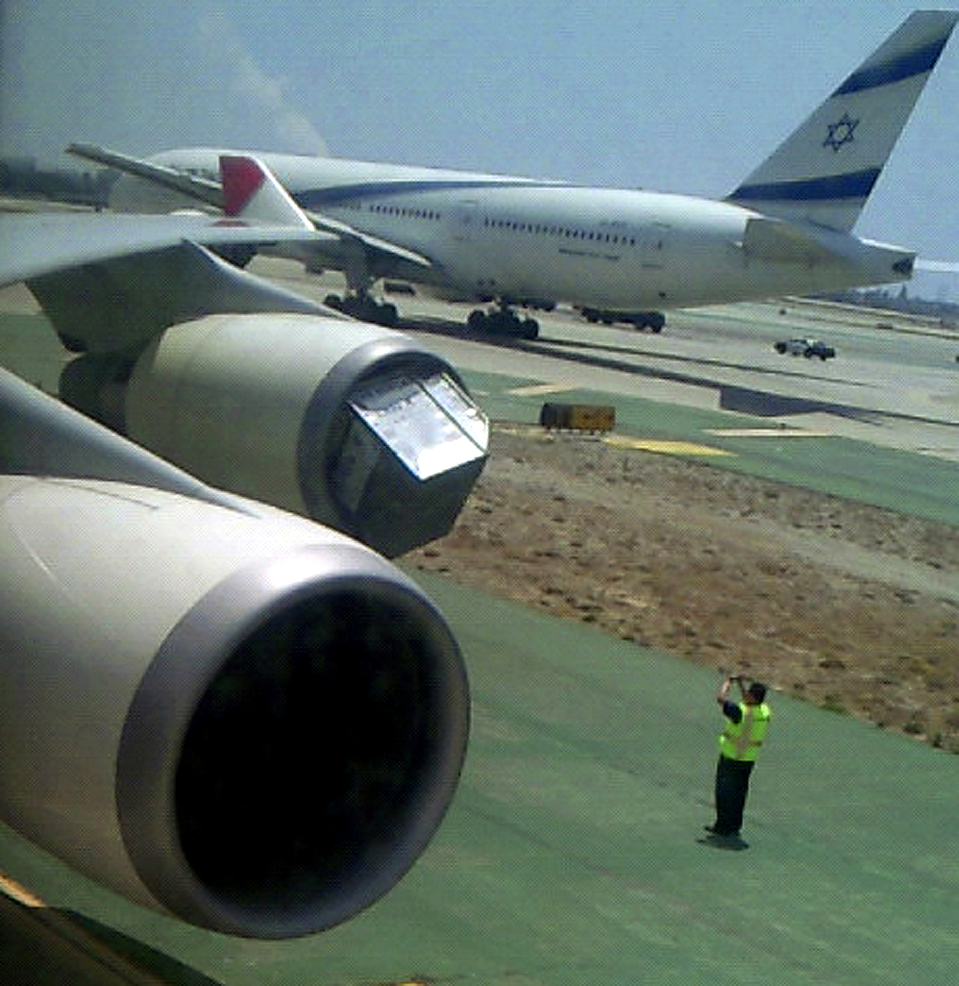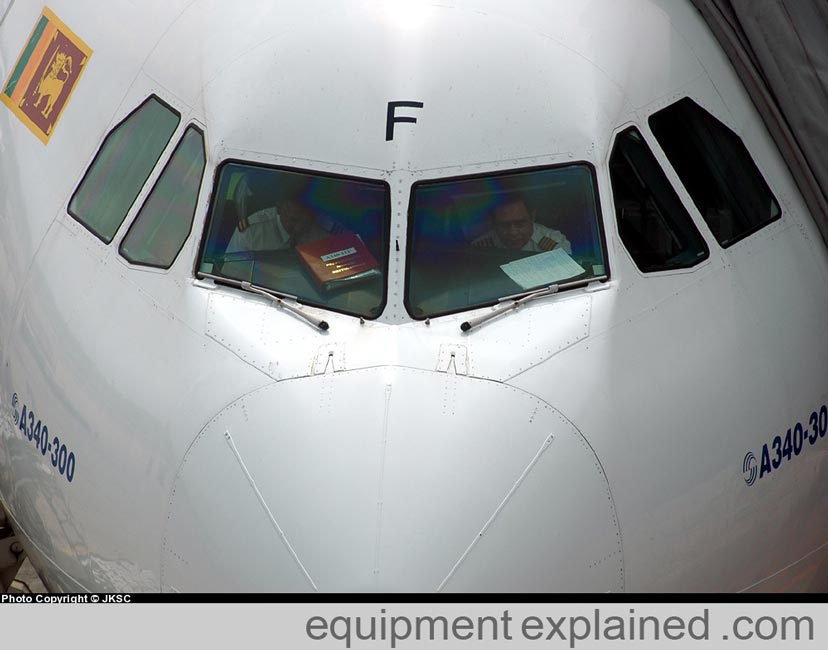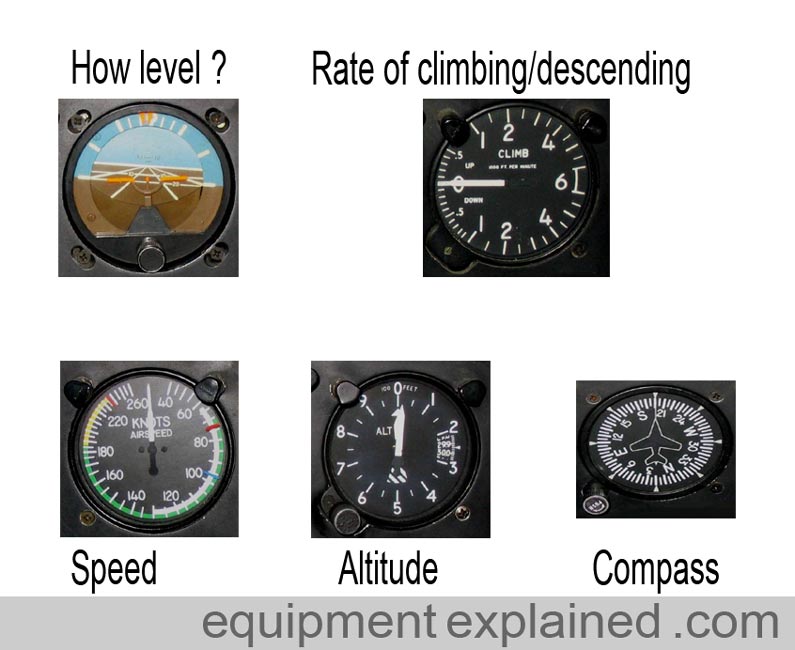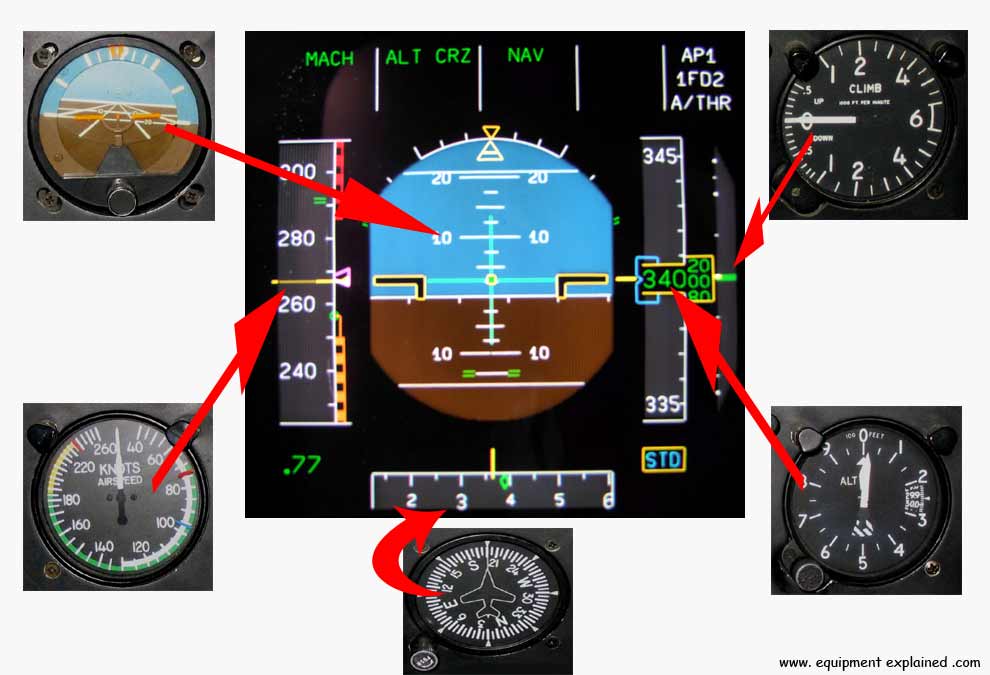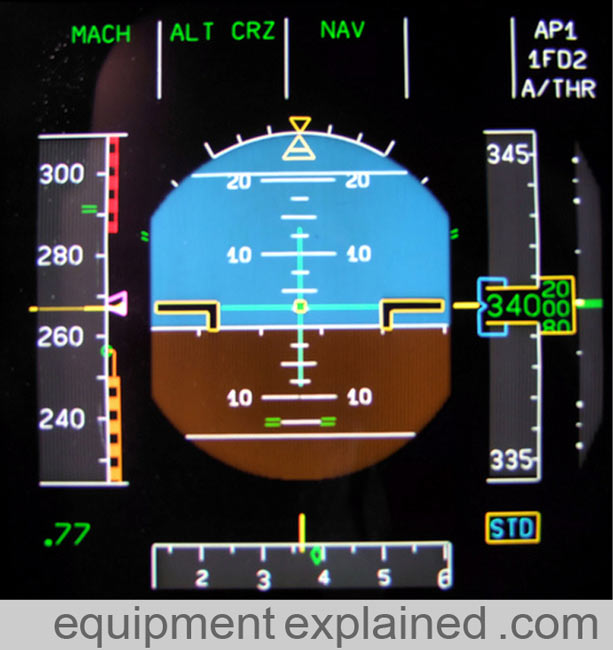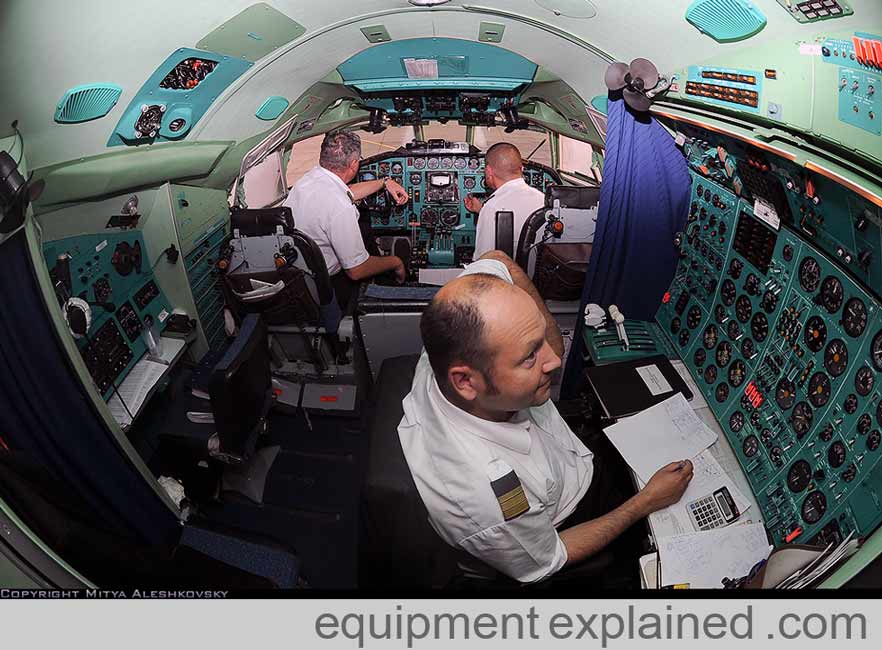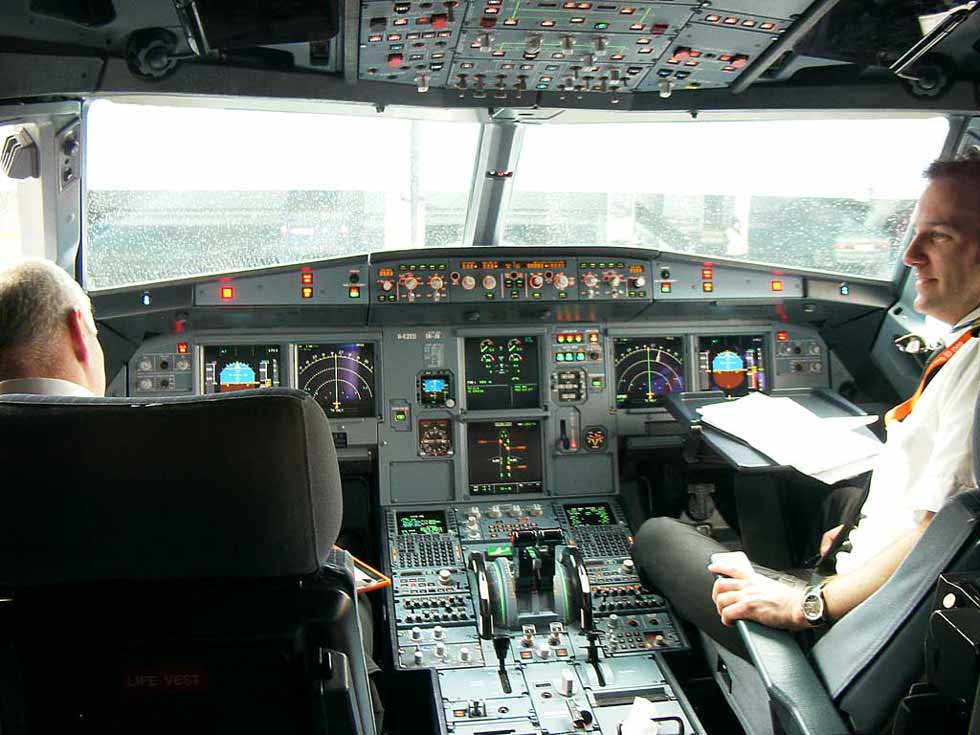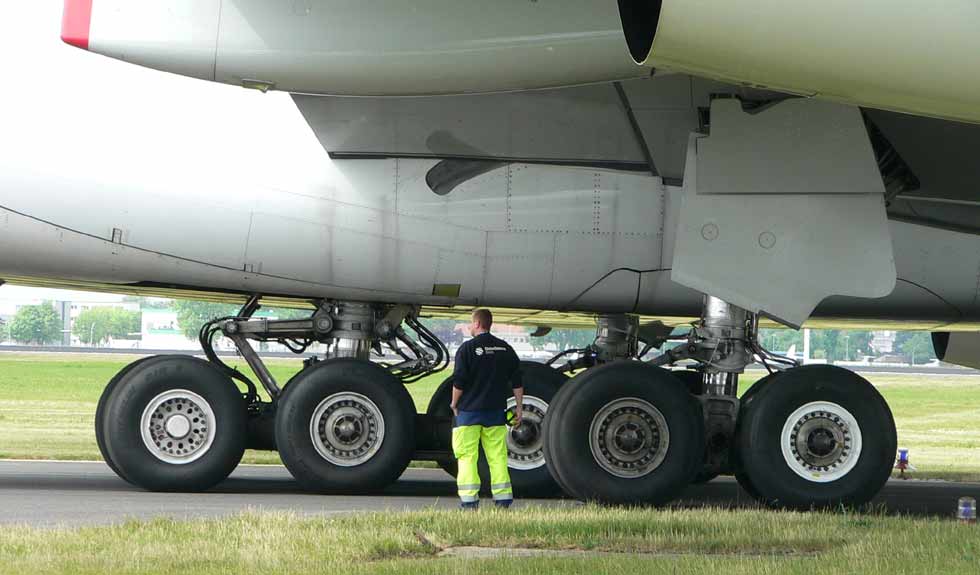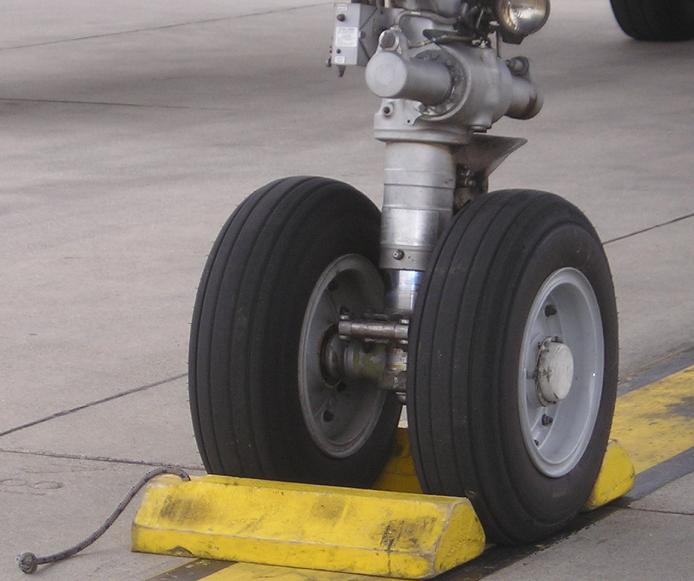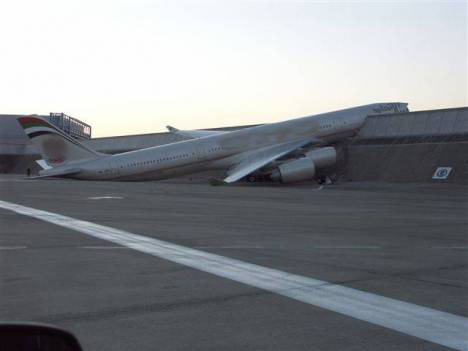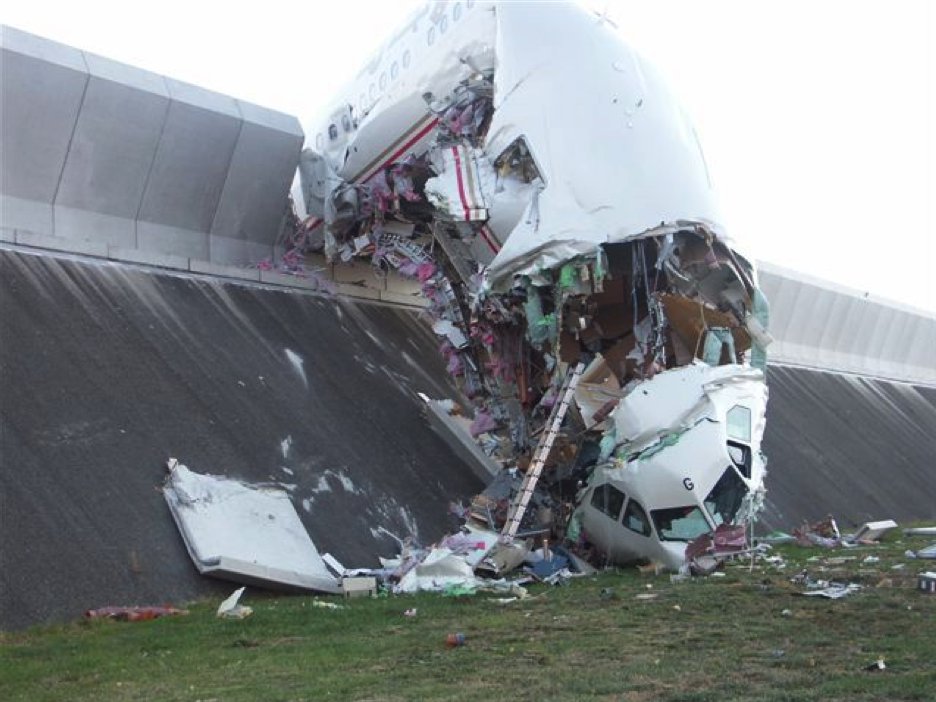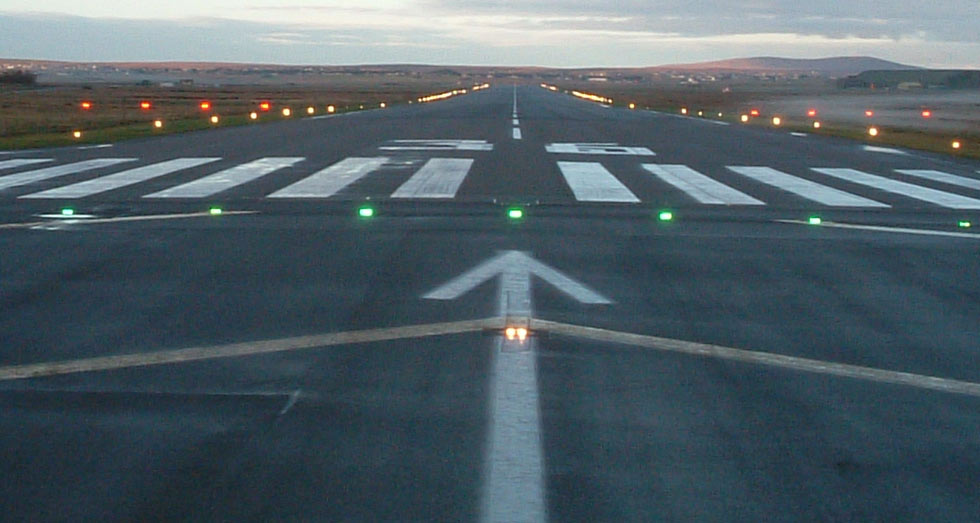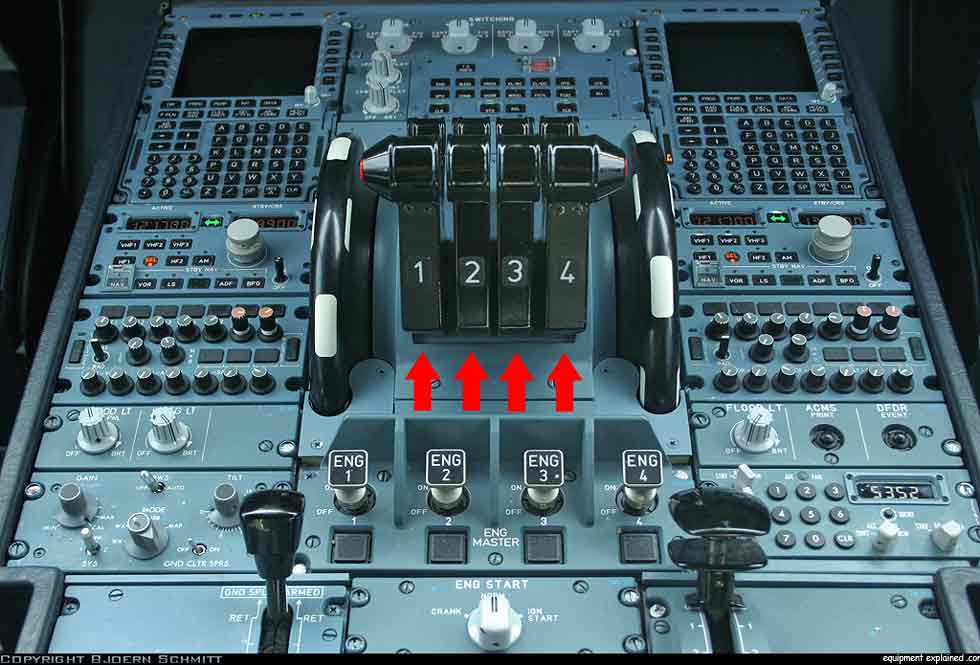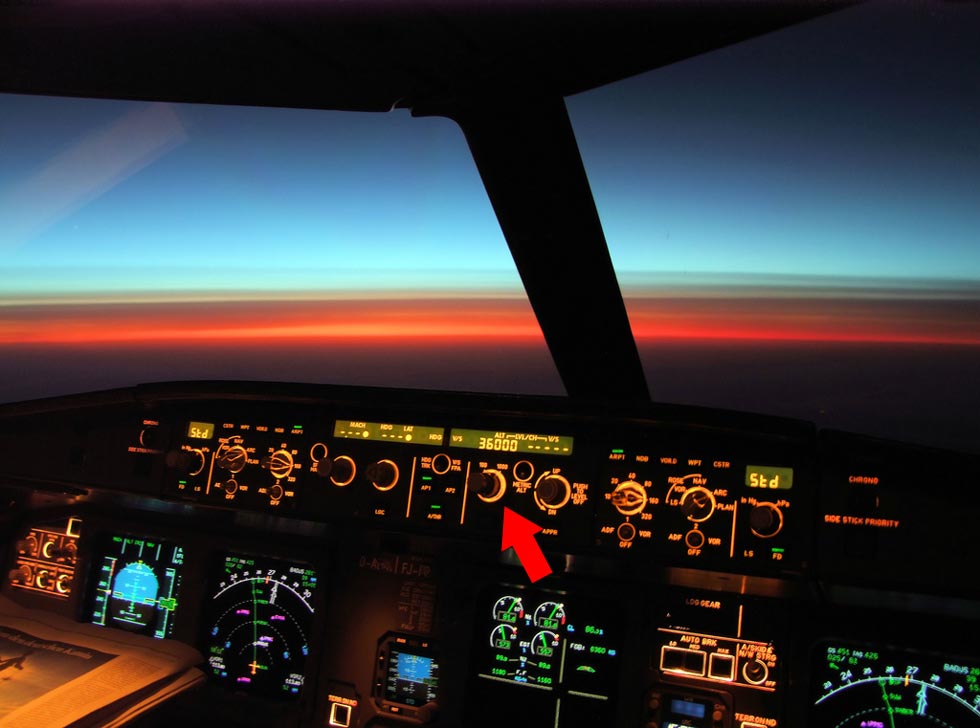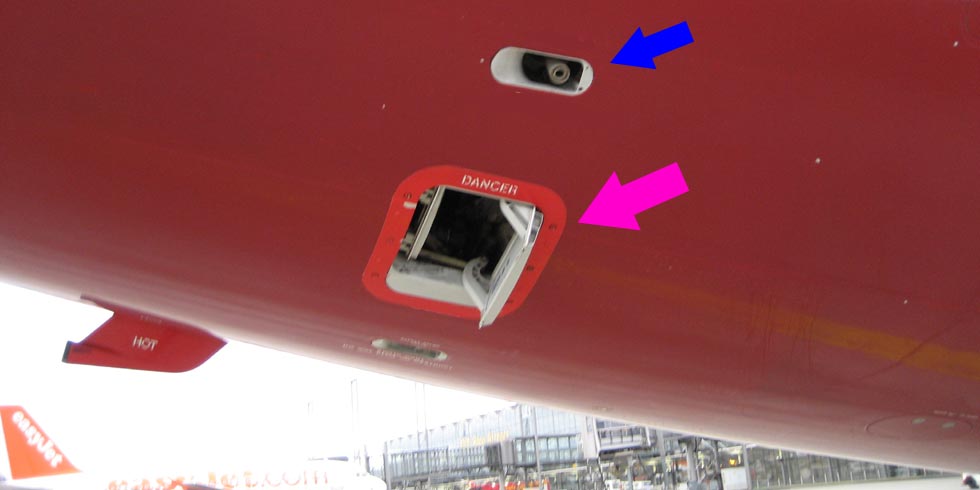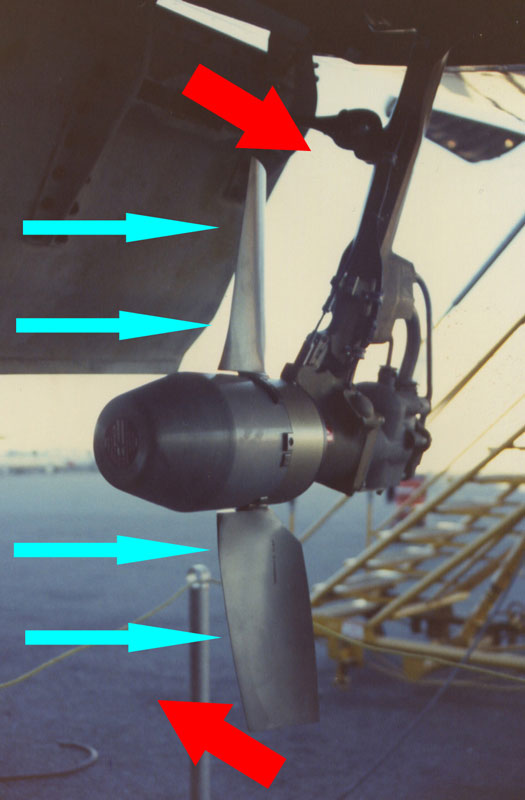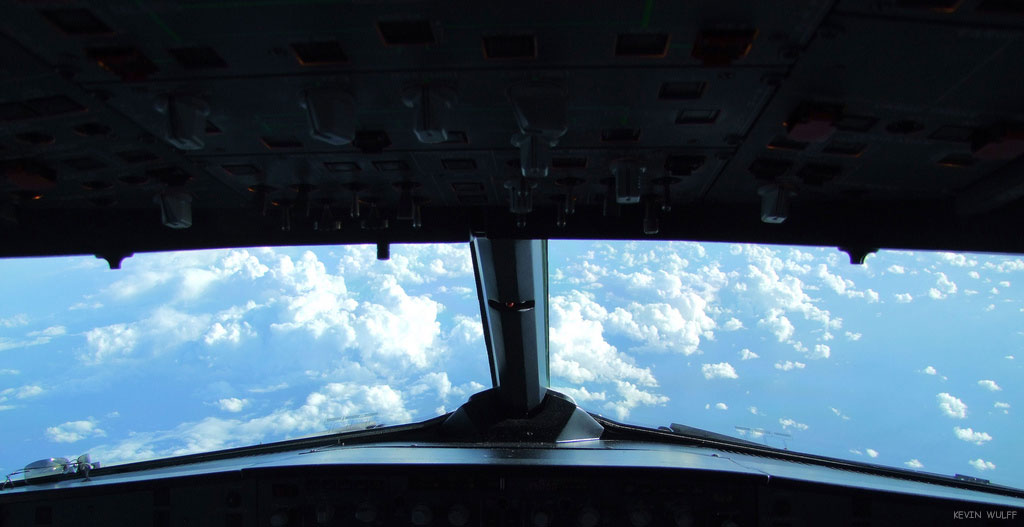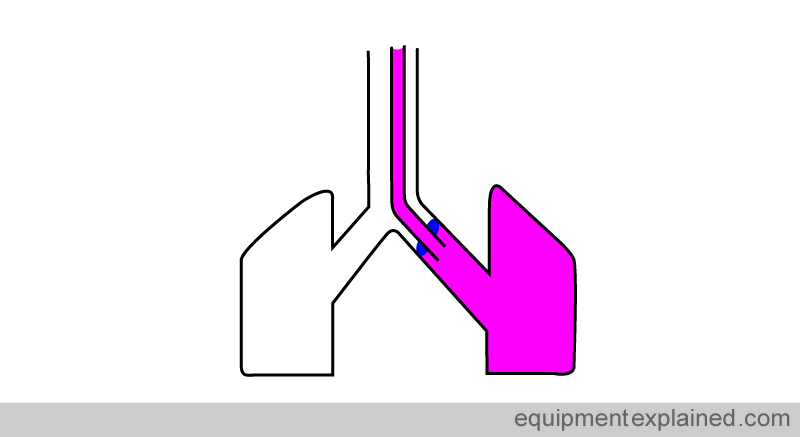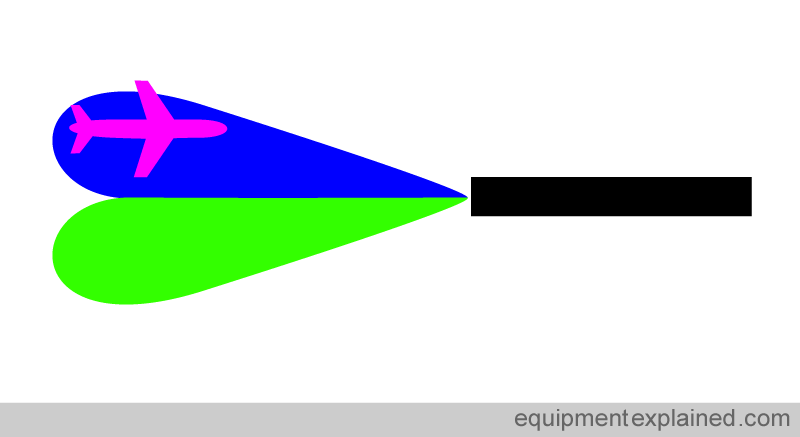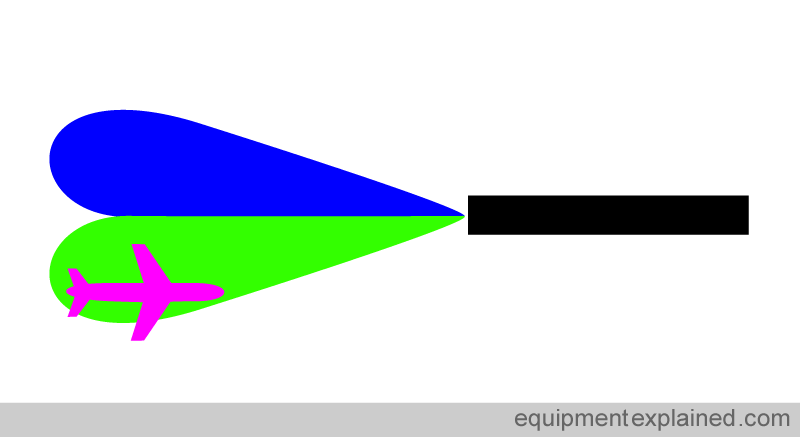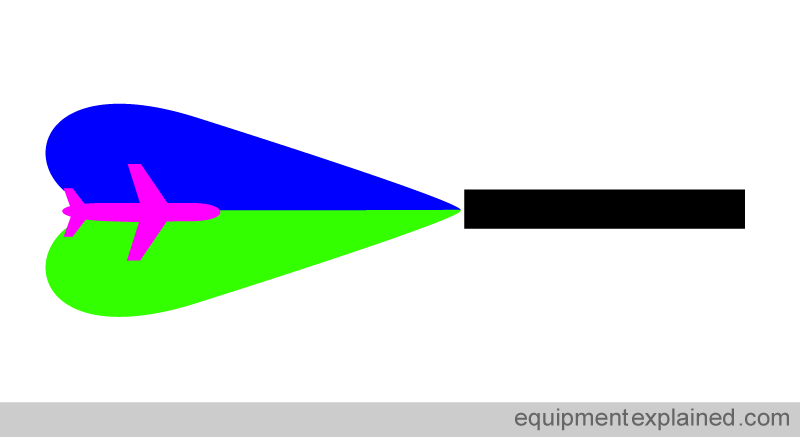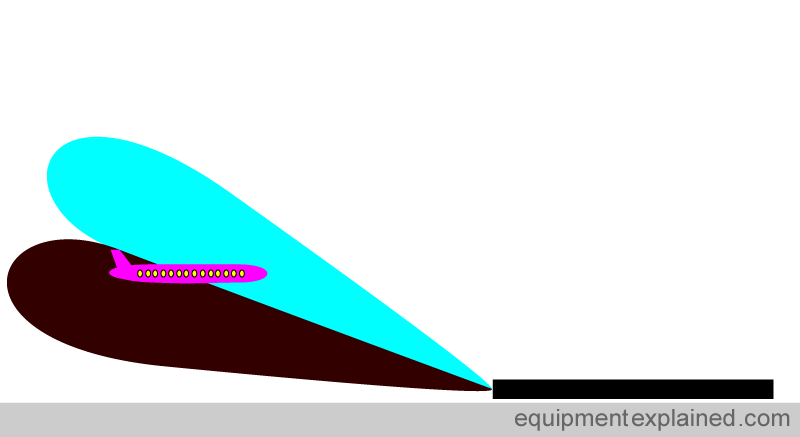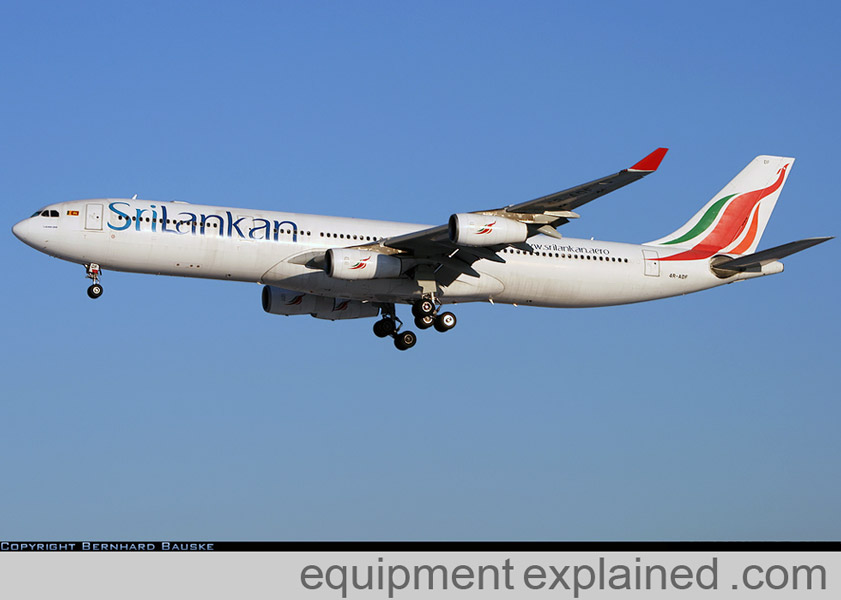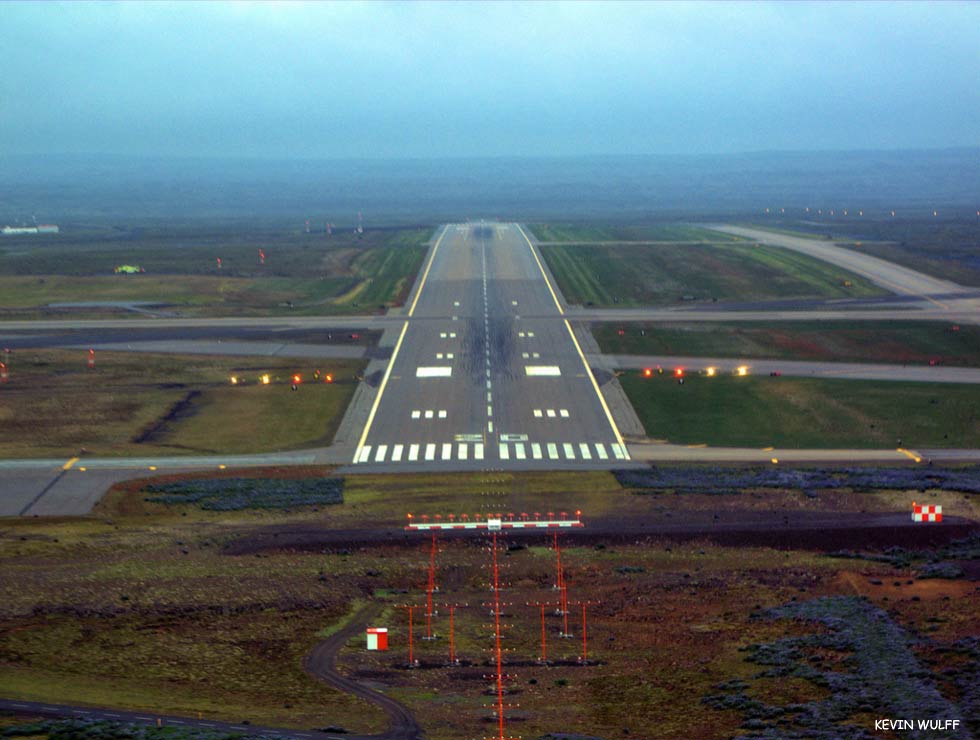Often the world of anaesthesia and the world of aviation are said to be similar. We will explore these similarities by imagining a flight from the United Kingdom to the beautiful holiday island of Sri Lanka. Hopefully by the time we land, you will agree that there are similarities between anaesthesia and aviation.
Pre anaesthetic assessment & Pre flight planning
You wouldn’t just walk into an operating room and anaesthetise a patient. Well in advance, you would take a history, examine your patient and go over the investigations. Armed with the information gained, hopefully you will anticipate problems and plan your anaesthetic accordingly. Pilots are no different. Way before they come anywhere near the aircraft, they plan the flight. They study various factors and plan an appropriate route. For an example, the weather is an important aspect to consider. If there is a patch of bad weather along the route, pilots will plan to fly higher , lower or around the bad weather. A crucial part of flight planning is the calculation of the required fuel for the journey. Unlike a car, if you run out of fuel in the air, you cannot simply stop at a nearby gas station for an unplanned fill up! Fuel calculation is a bit like when you have to calculate the amount of oxygen you have to carry when transferring a patient by ambulance. You need to take the amount your patient needs and spare capacity for unexpected delays such as traffic or your ambulance breaking down.
Aircraft have to carry enough fuel for the journey and enough for extra things such as circling around an airport waiting to land or even going to an alternate airport if the original airport is closed for reasons such as bad weather.
Aircrafts consume huge amounts of fuel. For an example, the Airbus 380 aircraft consumes about eleven tonnes of fuel per hour of flying. The fuel in an aircraft is stored mostly in the wings. The image below shows a fuelling truck fill up the wings of an aircraft. It takes fuel from a pipe in the ground and pumps it into the aircraft wing.
In large airlines, the pilots don’t do all the planning themselves. There is a department for flight planning which prepares the material for the pilot to study. It is a bit like the preoperative assessment clinics preparing patient information for review by the anaesthesiologist.
The information prepared by the flight planning department is made available on the internet for the pilots to study even before they reach the airport. It is also uploaded electronically to the aircraft.
Some modern anaesthesia information systems also have this kind of access where information is available in an electronic format from nearly anywhere.
Teamwork
For successful surgery, you need more than just the surgeon and anaesthetist. You also need other important team members such as nurses, porters, radiographers, and a host of people working in hidden services such as equipment sterilisation and security. All have to work in harmony for the operation to take place efficiently and safely.
The world of aviation also heavily relies on team work for it to function safely and efficiently. When thinking of flying, one often thinks of only pilots. In reality, a flight needs the support of a lot of people such as cabin crew, engineers, fuellers, caterers, baggage handlers, air traffic controllers, security personnel and flight planners. Most people consider the cabin crew (stewards, air hostesses) as glorified waitresses. However, they have a much more important team role than serving tea and biscuits. In an emergency, quick evacuation of passengers is vital since burns and smoke inhalation are major causes of mortality. In the Airbus A380, the cabin crew, with good team work, can evacuate 800 passengers off the aircraft within 90 seconds.
Minimum Equipment List
One of the important things the pilots will check is the “Minimum Equipment List “. Aircraft have a huge number of parts and like any machine, some of these parts may malfunction. Before a flight begins, the engineering team will check the aircraft out. They will inform the pilots about any defects they have discovered. Some defects are critical for safe flight and the aircraft will not be allowed to fly till these are fixed. However, more minor faults can be left to be fixed later if time is short or spare parts not readily available. The aircraft has a document called the “Minimum Equipment List “ which mentions the items that are absolutely necessary for the safe operation of the flight. If the defective item is in this list, then the aircraft is not allowed to fly till the item is repaired. If the defective part is not critical, then the flight can go ahead and the part repaired later.
In anaesthesia we also use something like a “minimum equipment list “ . For an example, we would not start an anesthetic if the pulse oximeter or capnograph is not working. However, if the case is a short incision and drainage of an abscess, and if the temperature probe is faulty, we might choose to proceed (depending on your hospital policy) with the case.
Equipment Checks
Ground engineers check an aircraft thoroughly before every flight. However, pilots also do a superficial check to make sure that they are happy with the condition of the aircraft. It is like in anaesthesia where even if the anesthetic machine has been checked by an assistant, the anaesthetist giving the anesthetic will do a final check.
The picture below shows one of the pilots doing an external check of his aircraft. Because it involves him or her going “around “ the aircraft, it is called a “walk around”.
The picture below shows engineers checking one of the engines. Look how massive these machines are !
Jet engines work by sucking in air, compressing the sucked air, igniting it with fuel, and letting the hot gases exhaust from the rear end of the engine. The gas is exhausted from the rear at a very high speed, making the engine and the aircraft attached to it move forwards.
Did you notice the strange spirals drawn on the engines (see arrow below) ?
The spiral is there as a low cost way to tell ground staff if the engine is spinning. When the engine spins, the spiral blurrs.
The marking are like the dot on rotameters which help you to judge if they are spinning.
It is important to take care when the engine is spining as it can suck you if you are too close. The image below shows what happens if you are careless. The baggage container was too near the engine and it was spinning. The powerful engine simply sucked it in!
Check Lists
In anaesthesia we are well used to checks and check lists. These are also very much part of a pilots life. They check and recheck everything. There are checklists for various stages of a flight such as before engine start check list, take off checklist, climb check list, cruise check list and so on.
The “Glass” Cockpit
In anaesthesia and aviation, the computer screen has dramatically modernised the presentation of information. In the past, anaesthetic displays were mostly separate. Blood pressure would be shown on the blood pressure monitor, ECG would appear on the ECG monitor, the pulse oximeter on its display and capnograph on its own display. Modern anaesthetic machines combine all this into one or two convenient display screens.
In modern aircraft, the same has happened. In the past, things like altitude, airspeed, horizontal level, rate of climb and direction had their own dedicated displays as shown below:
In addition to the above instruments, there were many more dials showing things like engine temperature, fuel remaining, etc. All this meant that the cockpit was cluttered with many individual instruments, making it difficult to easily acquire information.
In a modern aircraft, just like in modern anaesthesia machines, the separate instrument displays are combined into one convenient display. The single screen shown below conveniently displays the information previously shown by many individual instruments.
The computer screens have greatly reduced the number of dial instruments in the cockpit. Shown below is an old style cockpit with many individual instrument displays.
As shown below, modern automation and displays have made the cockpit much more elegant, with far fewer individual dials. Also, computers have made it possible to fly an aircraft with only two pilots, instead of the four needed above (one seat is empty in the picture). Modern aircraft, even the biggest ones, need only two pilots (and many computers!) to fly them.
Pressure Sores
“Taxi” in aviation means that the aircraft is moving on the airport. In this case, our aircraft is taxing towards the runway for take off.
Aircrafts are very heavy objects. For an example, the Airbus A380 aircraft can weigh as much as 600 tonnes ! Just as heavy patients can develop sores in areas of high pressure contact, heavy aircraft can cause damage to airport surfaces if they exert too much weight over a small area. For this reason, large aircraft have many tires to increase the surface area of contact, as shown below.
Importance of Good Brakes
When moving patients across onto operating tables, we all know how important it is to make sure that the patients trolley and the operating table have their brakes on. Inadequate brakes may make the bed or operating table move and seriously harm the patient. For similar reasons, as soon as an aircraft stops at its parking position, the parking brake is applied and chocks (wedges against the tires) are applied to the wheels to allow safe movement of passengers onto and off the aircraft.
Understanding how to apply brakes correctly is very important. This is illustrated in the following unfortunate aircraft accident.
A certain airline company had bought a brand new aircraft. The normal procedure is for the purchasing airline to participate in the testing of the aircraft prior to accepting it. One of the tests involves running the engines on full power while applying maximum braking to prevent the aircraft moving forwards.The testing team powered up the engines to maximum. Unfortunately, due to improper use of the brakes, the aircraft accelerated forwards and within a few seconds, crashed onto a wall, ending up like this:
This is the front of the damaged aircraft.
Fortunately , though there were serious injuries, no one died.
However, our aircraft below is using its brakes properly and is heading towards the runway for take off.
Take Off
The aircraft lines up on the runway and readies itself for takeoff.
Take off is the equivalent of anesthetic induction. Many things happen and it is a time of maximum concentration.
In the planning stage of the flight, based on the weight of the aircraft and other factors, the pilots pre-calculate the required speed needed to get the aircraft into the air. It is a bit like an anaesthesiologist using the weight of a patient to work out the rapid sequence dose of an induction drug.
Having lined up on the runway, they move the thrust leavers forward (red arrows below). These are the equivalent of an accelerator pedal of a car.
The engines roar to life and as the aircraft accelerates down the runway, one of the pilots keeps an eye on the speed. At the pre-calculated speed is reached, he will say “ROTATE “. Hearing this command, the other pilot makes the aircraft rotate upwards.
Cruise
Cruise is the equivalent of the maintenance phase of anaesthesia. Large changes in altitude don’t occur and things get quieter and more stable. The pilots settle down to a calmer routine (and newspaper and coffee ?). Just like anaesthetists having long and short cases, pilots can have very short flights (e.g. 30 minutes) or may have those that last many hours. The flight time to Sri Lanka is 12 hours and the view outside is magnificent.
Autopilot
The automatic pilot, or “autopilot “ is a very sophisticated system that can fly the plane automatically, freeing the pilot. In many modern aircrafts, it is the autopilot that does most of the flying. However, like all computer systems, it needs to be supervised by humans (pilots). It is somewhat similar to a target controlled infusion syringe pump used in total intravenous anaesthesia. For an example, you would dial the required propofol concentration and the syringe pump would make the necessary changes to achieve the selected target concentration. In a similar way, the pilot can give instructions to the autopilot, telling it what needs to be done. In the cockpit below, the pilot has dialled a height (altitude) of 36,000 feet (see red arrow). The autopilot will now continuously adjust the aircraft to maintain a height of 36,000 ft, without the help of the pilots.
The computer works out the best way to achieve this. Like the computer that controls the motor in a syringe pump, the autopilot makes adjustments to the engines and flight control surfaces to achieve the desired altitude.
RADAR
Many of us are familiar with the use of ultrasound for guiding needles towards a vessel or a nerve. The world of aviation makes extensive use of something similar, called radar. Radars work similarly to the way ultrasound works. The only main difference is that instead of ultrasound waves, radars emit radio waves.
Air traffic controllers use radars on the ground to see where aircrafts are and use this information to guide pilots to their destination.
The aircraft also has a small radar attached to its “nose “. This is mostly used to detect bad weather ahead of the aircraft. If the radar shows bad weather ahead, the pilot can fly over, under or besides the patch of bad weather.
Breathing System
The aircraft is a huge breathing system! However, unlike the breathing systems we use in anaesthesia, the patients actually sit inside the tubing!
Like any breathing system, you need fresh gas flow. This is taken from the engines. A little bit of the air sucked in by the engines is diverted into the cabin where the passengers sit.
Just like a circle breathing system used in anaesthesia, to save “fresh gas flow”, some of the air in the cabin is re circulated. This re circulation of air helps reduce fuel consumption since the engines have to work less hard.
Also like a circle system, the re circulation of air helps preserve heat and moisture. Carbon dioxide absorbers are not required because the fresh gas flow is quite high and this washes out carbon dioxide from the circuit. At the beginning of the flight, the pilots enter into the computer the number of passengers onboard. The computers use this information to determine how much fresh gas flow (air) to take from the engines and put into the cabin.
Air from the aircraft is exhausted via an out flow valve. In the picture below (pink arrow) the out flow valve is shown fully open.
The valve shown by the blue arrow is an over pressure valve. If, due to a fault, the pressure inside the aircraft builds up to a dangerous degree, this valve opens up to relieve the excess pressure, preventing the aircraft from rupturing like a balloon. This is similar to the over pressure valve found in anaesthesia machines.
Due to the high altitude in which aircrafts fly, the cabin needs to be pressurised. This is achieved by the outflow valve being carefully adjusted to build up the pressure inside the cabin. It is similar to how we screw down a breathing system valve to provide continuous positive airway pressure (CPAP).
Master Alarm Button
Alarms are an important safety feature in anaesthesia monitoring systems. In aircrafts too they form a crucial safety feature. There are various alarms for safety hazards such as over speed, engine fire, risk of colliding with ground and other such scary things. Like in anaesthesia systems, the alarm sound is accompanied by a message on the screen telling what triggered the alarm.
We are all familiar with the “alarm cancel “ button. In the cockpit, a similar alarm cancel button is present right at the front.
Back Up Systems
Just like in anaesthesia, aircraft have a lot of backup systems to cope with failure. One of the most interesting back up devices is what is called a “ram air turbine”. If all electrical power fails in the aircraft, this device automatically gets deployed. It is basically a windmill. The airflow (shown with blue arrows) spins the turbine which in turn is connected to a small generator. This then powers essential equipment on the aircraft.
Emergency Oxygen
At high altitude, if there is a leak in the aircraft the amount of Oxygen can drop dramatically. This is an in flight emergency and the pilots will immediately make the aircraft dive down to a lower altitude where there is more oxygen. Till they achieve this, they wear oxygen masks which are supplied by oxygen tanks similar to the cylinders at the back of our anaesthetic machines. Oxygen masks also drop down for passenger use. However, the oxygen in these masks is generated by a chemical reaction. The oxygen created by the reaction is enough to last till the aircraft descends to a lower altitude.
Landing
After cruising for many hours, it is time to land. This is the equivalent of waking a patient after anaesthetic, and is a time of increased activity. The aircraft is made to gradually descend, usually by decreasing engine power.
Ofcourse, getting the landing right is crucially important. Too quick a descent and you land before the runway. If you descend too slowly, you will miss the runway . Both situations certainly not good ! In a way, it is a similar challenge to waking a patient up at the end of surgery. You don’t want a patient to wake up before the end of surgery (awareness) or too much after it has ended (unnecessarily under anaesthetic).
Automatic Landing
Aircraft are capable of being “automatically “ automatically guided on to the runway. The system works in a similar way to how you listen to the chest to decide if the endotracheal tube is central or has gone down one of the bronchi.
There are two different radio signals transmitted on either side of the midline of the runway.
If the aircraft has strayed away to the left, then the “blue” radio signal will be stronger.
Similarly, if it strays the other way, the “green” signal will be louder.
And , finally, if it is on track, it receives both signals equally.
The system described was for left or right deviation. A similar system exists for height.
The information from the signals is fed to the automatic pilot , which corrects the aircrafts position automatically.
Perfect touch down !
Welcome to Sri Lanka !
We have now reached the end of our discussion on how aviation and anesthesia are related. I hope it has given you a good introduction to the subject and will help you when you read further on this topic. Hope to see you soon in another section of this website. Bye.
